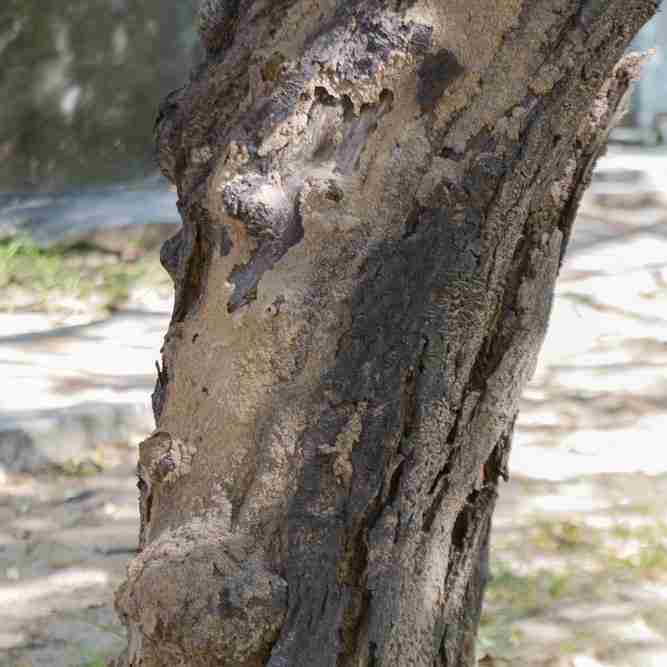
Tree stump removal can be a daunting task for homeowners and landscapers alike. Whether you’re looking to clear space for a new project, prevent regrowth, or simply enhance the aesthetics of your garden, knowing the right methods and best practices is crucial. In this guide, we will explore various techniques for tree stump removal, with a focus on effective and safe practices. Additionally, we’ll highlight the benefits of hiring a professional, such as a Blackpool tree surgeon, for this job.
Understanding the Need for Tree Stump Removal
Tree stumps can be more than just an eyesore. They pose several risks and inconveniences, including:
-
Safety Hazards: Stumps can cause trips and falls, especially for children and the elderly.
-
Pest Attraction: Decaying stumps can attract insects like termites and ants, which might spread to healthy plants or your home.
-
Regrowth: Some tree stumps can sprout new shoots, leading to more unwanted trees.
-
Obstacle to Landscaping: Stumps can hinder gardening, lawn mowing, and other landscaping activities.
Methods of Tree Stump Removal
1. Manual Removal
Manual removal is a labor-intensive but cost-effective method. This approach is suitable for smaller stumps or those with shallow roots. Here’s how to do it:
-
Tools Needed: Shovel, axe, root saw, and mattock.
-
Dig Around the Stump: Clear away the soil around the stump to expose the roots.
-
Cut the Roots: Use an axe or root saw to cut through the roots.
-
Lever Out the Stump: Use the mattock or a pry bar to lift the stump out of the ground.
Pros:
-
Low cost.
-
No need for specialized equipment.
Cons:
-
Very labor-intensive.
-
Time-consuming, especially for large stumps.
2. Chemical Stump Removal
Chemical stump removal involves using chemicals to accelerate the decay of the stump. This method is less labor-intensive but takes more time.
-
Tools Needed: Drill, potassium nitrate (stump remover), water.
-
Drill Holes: Drill several holes into the stump, about 8-12 inches deep.
-
Apply Chemical: Pour the stump remover into the holes and add water.
-
Wait: It may take several weeks to months for the stump to become soft and decomposed.
-
Remove the Stump: Once the stump is soft, use an axe or shovel to break it apart and remove it.
Pros:
-
Requires less physical effort.
-
Can be done with minimal tools.
Cons:
-
Takes a long time.
-
Chemicals can be hazardous and require careful handling.
3. Burning the Stump
Burning is a quick method but requires strict safety precautions. It’s suitable for rural areas where open flames are allowed.
-
Tools Needed: Drill, kerosene or stump remover fuel, matches or a lighter.
-
Drill Holes: Drill holes into the stump to allow the fuel to penetrate.
-
Apply Fuel: Pour kerosene into the holes and let it soak for a few days.
-
Ignite: Light the stump and allow it to burn down to ash.
Pros:
-
Relatively quick.
-
Can be cost-effective.
Cons:
-
Fire hazard.
-
Not suitable for all locations.
4. Stump Grinding
Stump grinding is one of the most efficient methods for removing tree stumps. It involves using a machine to grind the stump down to below ground level.
-
Tools Needed: Stump grinder (can be rented or hired).
-
Grind the Stump: Operate the grinder to shred the stump into small wood chips.
-
Fill the Hole: Use the wood chips to fill the hole left by the stump, or remove the chips and fill the hole with soil.
Pros:
-
Quick and efficient.
-
Leaves the area ready for replanting or landscaping.
Cons:
-
Requires specialized equipment.
-
Can be costly if hiring a professional.
5. Excavation
Excavation involves using heavy machinery like a backhoe to dig out the stump. This method is best for large stumps or when clearing multiple stumps.
-
Tools Needed: Backhoe or excavator.
-
Dig Out the Stump: Use the machinery to dig around and lift the stump out of the ground.
Pros:
-
Very effective for large stumps.
-
Quick removal.
Cons:
-
Expensive and requires skilled operation.
-
Can cause significant disturbance to the surrounding area.
Best Practices for Tree Stump Removal
Safety First
-
Wear Protective Gear: Always wear gloves, safety glasses, and sturdy footwear.
-
Follow Local Regulations: Check local regulations regarding chemical use, burning, and noise levels.
-
Clear the Area: Ensure the area around the stump is clear of flammable materials and obstacles.
Environmental Considerations
-
Minimize Chemical Use: Opt for manual or mechanical methods to reduce environmental impact.
-
Proper Disposal: Dispose of removed stumps and wood chips properly, composting them if possible.
When to Hire a Professional
Hiring a professional, such as a Blackpool tree surgeon, can save you time, effort, and ensure the job is done safely and effectively. Professionals have the expertise and equipment to handle stumps of all sizes and complexities. They can also provide advice on tree care and maintenance.
Advantages of Hiring a Professional:
-
Safety: Professionals are trained to handle dangerous tools and heavy machinery safely.
-
Efficiency: They can complete the job quickly and efficiently.
-
Expertise: Professionals can assess the situation and choose the best method for stump removal.
Conclusion
Tree stump removal is a necessary task for maintaining a safe and aesthetically pleasing garden or yard. Whether you choose to remove a stump manually, chemically, through burning, grinding, or excavation, understanding the pros and cons of each method is crucial. For those in the Blackpool area, hiring a professional tree surgeon can ensure the job is done efficiently and safely. By following best practices, you can successfully remove tree stumps and reclaim your outdoor space for future projects.


